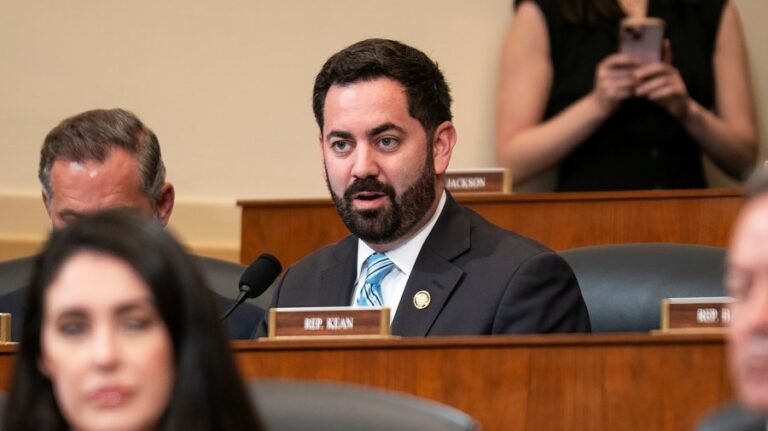
Retail sales slid in May amid an ongoing reset in U.S. trade policy that has both consumers and businesses watching what they spend.
U.S. retail and food services were $715.4 billion in May, down 0.9 percent from April, the Commerce Department reported Tuesday.
The drop was more than the 0.6-percent decrease that economists were expecting.
It’s the second month in a row of declines and the sharpest monthly contraction since March 2023. Sales were up from the previous year by 3.3 percent.
Sales of motor vehicles and auto parts were down 3.5 percent on the month. Autos have been a target of President Trump’s tariffs, which were levied at 25 percent before being scaled back.
President Trump threatened additional tariffs on autos last week in the context of boosting domestic production in the sector.
“I might go up with that tariff in the not-too-distant future,” Trump said at an event. “The higher you go, the more likely it is they build a plant here.”
Food and beverage sales were down by 0.7 percent in May. Purchases at gas stations were down 2 percent on the month, and electronics and appliances sales were down 0.6 percent.
Spending popped at the end of last year and at the beginning of 2025 as consumers made purchases ahead of expected tariffs, but that pull-forward is now being matched by hesitance.
Tariffs haven’t shown up in the price data yet but many economists are bracing for a wave of tariff-induced inflation.
“We expect to see a larger impact in the summer when the levies will pass through into consumer prices. Third quarter retail sales will likely paint a dimmer picture than Q2 data,” Oren Klachkin, an economist with Nationwide Financial Markets, wrote in an analysis.
EY-Parthenon economist Lydia Boussour said she expects tariffs to lead to “softness in consumer demand [that will] extend into the summer months and beyond.”
While people pulled back from travel-related expenses in May, they spent more on domestic goods and activities.
Home furnishing purchases were up 1.2 percent, and spending on hobbies and books increased by 1.3 percent.
The White House says it’s currently negotiating dozens of bilateral trade deals after imposing a spate of county-specific tariffs in tariffs that were later paused.


